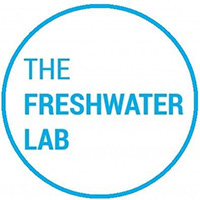Indigenous traditions relate to water not as a “what” but as a “who.”
The River Speaks recognizes the personhood of rivers and other bodies of water, seeing them as holders of rights and living beings in relationship with others. Water is not passive or something to be pressed into human service. If a body of water is abused or has its rights violated, then it follows that there should be legal and political responses. This principle inspired the Lake Erie Bill of Rights, responding to its abuse by runoff from industrial agriculture.
Environmental personhood establishes two things: it grants legal standing and public recognition. A river with legal rights may access the courts as a plaintiff. A river that is a being counts as a full person, “indivisible and whole,”who may not be arbitrarily divided in the name of property or exploitation.
When recognized as a being, a river shares equal standing with humans. In other words, according to Gwendolyn Gordon, extending legal standing to nonhuman entities means that we no longer think of nature as merely a resource to be exploited for profit or to be managed for its beauty or sustainability in the name of conservation. Rather, personhood grants nature jurisdiction over itself and is no longer human-centered.
In Western thought, the personhood of water represents a new concept. It seems less radical, however, when viewed alongside the U.S. Supreme Court’s ruling in Citizens United that defines private corporations as people with unfettered freedom of speech and political influence.
The River Speaks reframes how we think about water to foster a mutualistic, symbiotic relationship. Although the concept of environmental personhood raises many questions, nurturing an emotional connection to nature promotes a greater sense of care. Recognizing the river’s personhood confers collective stewardship of this shared life source.
The characters of the branches highlight the personalities and archetypes that emerge from the Chicago River. These archetypes represent the players involved with maintaining the status quo and those actively fighting for a more holistic, sustainable waterway. We developed the characters of each river branch based on its history, contemporary use and the communities that live alongside it. We focus on the human elements of the waterway system in our audio vignettes where the various branches of the river speak.


